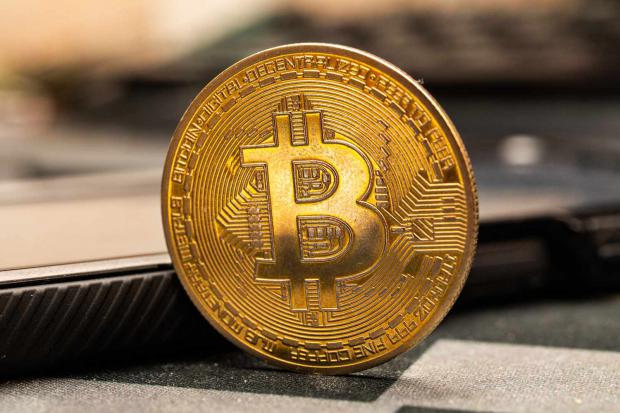
Breaking News
 Documents: Biden AG and White House Conspired to Chill Local Parents' School Board Protests
Documents: Biden AG and White House Conspired to Chill Local Parents' School Board Protests
 Hypersonic SABRE engine reignited in Invictus Mach 5 spaceplane
Hypersonic SABRE engine reignited in Invictus Mach 5 spaceplane
 Ultra-Based Tucker Carlson vs. the Banks
Ultra-Based Tucker Carlson vs. the Banks
Top Tech News
 The Wearables Trap: How the Government Plans to Monitor, Score, and Control You
The Wearables Trap: How the Government Plans to Monitor, Score, and Control You
 The Streetwing: a flying car for true adventure seekers
The Streetwing: a flying car for true adventure seekers
Magic mushrooms may hold the secret to longevity: Psilocybin extends lifespan by 57%...
 Unitree G1 vs Boston Dynamics Atlas vs Optimus Gen 2 Robot– Who Wins?
Unitree G1 vs Boston Dynamics Atlas vs Optimus Gen 2 Robot– Who Wins?
 LFP Battery Fire Safety: What You NEED to Know
LFP Battery Fire Safety: What You NEED to Know
 Final Summer Solar Panel Test: Bifacial Optimization. Save Money w/ These Results!
Final Summer Solar Panel Test: Bifacial Optimization. Save Money w/ These Results!
 MEDICAL MIRACLE IN JAPAN: Paralyzed Man Stands Again After Revolutionary Stem Cell Treatment!
MEDICAL MIRACLE IN JAPAN: Paralyzed Man Stands Again After Revolutionary Stem Cell Treatment!
 Insulator Becomes Conducting Semiconductor And Could Make Superelastic Silicone Solar Panels
Insulator Becomes Conducting Semiconductor And Could Make Superelastic Silicone Solar Panels
 Slate Truck's Under $20,000 Price Tag Just Became A Political Casualty
Slate Truck's Under $20,000 Price Tag Just Became A Political Casualty
 Wisdom Teeth Contain Unique Stem Cell That Can Form Cartilage, Neurons, and Heart Tissue
Wisdom Teeth Contain Unique Stem Cell That Can Form Cartilage, Neurons, and Heart Tissue
Red, White, And Bitcoin

Having reached record highs, Bitcoin has been making headlines as nations declare strategic stockpiles and corporate America embraces the new asset class. Why now?
The answer lies in a pattern as old as civilization itself: When governments corrupt a currency, people innovate their way to something better.
As the saying goes, "History doesn't repeat itself, but it often rhymes." When the first coin clanked into existence in 600 B.C., it was not merely a gold and silver alloy stamped with the face of the Lydian king. It was a financial revolution. For the first time, people could move past the inefficiencies of barter and instead use a medium of exchange to trade. But this value was not in the sparkle; it was the individuals' collective understanding that these coins have worth.
The integrity of that system has waxed and waned over the ensuing millennia, typically driven by governmental spending policies. The silver-backed Roman denarii enabled the empire to flourish, but as subsequent emperors diluted its value – reducing their silver content to fund wars and build grand palaces – citizens lost faith in their currency. When Emperor Nero reduced silver content from 98% to 83% in A.D. 64, Romans began hoarding old coins and rejecting new ones. By A.D. 260, the denarius contained just 5% silver. Inflation spiraled and commerce crumbled, contributing to the eventual fall of the empire.
The United States has battled currency crises since our nation's birth, but unlike Rome, America has consistently innovated solutions along the way. After we declared independence from Britain, the Continental Congress printed the nation's first paper money. Called "Continentals," it was backed by neither gold nor silver – simply by belief in its value. While gold and silver are at least relatively scarce metals that constrain supply, paper can be printed. And that is precisely what the first U.S. government did.
Desperate to pay troops and buy supplies necessary to wage the Revolutionary War, Congress turned to making more Continentals. Bills flooded the market, driving down value as Americans questioned whether the new nation could honor its promises. In 1777, one patriot complained to his father as inflation spiked by an estimated 200%, writing, "America has much more to fear from the effects of large quantities of paper money than from the operations of British Generals."

 Red, White, And Bitcoin
Red, White, And Bitcoin


